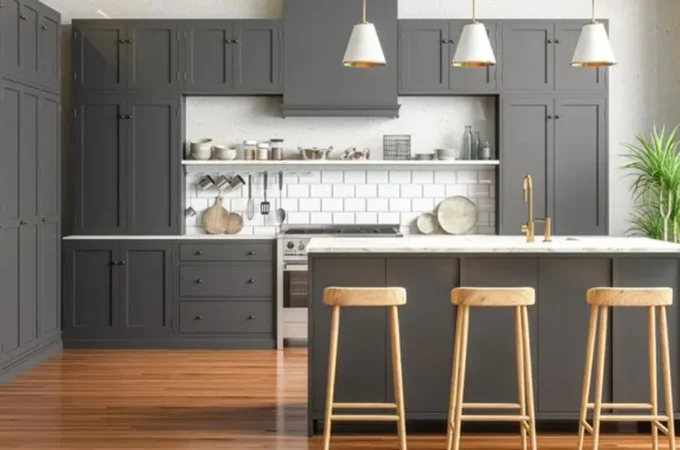
How Long Does It Take to Paint a House?
Table of Contents
ToggleFactors That Determine Painting Time
The time it takes to paint a house depends on multiple factors. The size of the property, number of rooms, wall condition, and type of paint all play key roles. High ceilings, intricate mouldings, and multiple colours extend the schedule. Exterior work adds complexity, especially for two-storey homes or properties with timber or brickwork repairs. Access issues, weather, and prep requirements also impact timelines.
Preparation and Its Impact
Preparation often takes longer than painting itself. Remove furniture, fix cracks, fill holes, and sand rough patches. Walls may need priming or a mist coat before topcoats. Old wallpaper must be stripped completely. Floors and skirting boards need covering. For exterior painting, gutters, windows, and trim require masking. Proper preparation ensures a smooth, durable finish. Rushing prep leads to uneven coverage and peeling paint later.
Interior Painting Timeframes
- Small room (up to 10m²): 4–6 hours
- Medium room (10–15m²): 6–10 hours
- Large room (15m²+): 10–14 hours
Two coats of paint are standard for walls. Ceilings often require an extra coat. Detailed work, like window frames, doors, skirting boards, and architraves, adds more hours. Skilled decorators work fast and maintain consistent quality, reducing rework time.
Exterior Painting Timeframes
Exterior painting takes longer due to height, weather, and surface repairs.
- Small terrace or bungalow: 1–2 days
- Semi-detached home: 3–4 days
- Detached house with two storeys: 5–7 days or more
Surfaces such as brick, render, or wood require different preparation. Flaking paint, rotten timber, and moss must be removed before painting. Multiple coats and weather drying times extend the total duration. Scaffolding or ladders slow down progress, especially on tall homes.
Drying Times Between Coats
Paint drying times impact the schedule. Emulsion usually dries in 2–4 hours, but oil-based paints take 6–12 hours. Gloss or satin finishes may require extra drying time to avoid brush marks. Decorating professionals always allow adequate drying to prevent streaking or uneven layers. Applying the next coat too soon results in patchy surfaces and weak adhesion.
Effect of Multiple Colours and Feature Walls
Using multiple colours, feature walls, or accent panels adds time. Masking and taping edges requires precision. Cutting in corners neatly and ensuring crisp lines can take several hours per room. Multi-coloured schemes also mean extra coats on each surface. Complex patterns, textured finishes, or bespoke designs extend the painting schedule further.
Furniture, Flooring, and Access Considerations
Rooms with heavy furniture or limited space take longer. Painters must move items or work carefully around obstacles. Floors need protective sheets, which adds prep time. Exterior access problems, such as overgrown gardens, narrow pathways, or parked cars, can slow the process. Skilled decorators manage logistics efficiently, but these factors still affect overall timelines.
Professional Efficiency vs DIY Painting
Hiring a professional speeds up completion while maintaining quality. Professionals work systematically, tackling prep, priming, and topcoats without skipping steps. They bring ladders, scaffolding, and tools that DIYers rarely have. Mistakes and uneven coats take longer to correct, so professionals often finish faster than amateurs.
Final Timeline Estimates
For an average 3-bedroom house with standard interiors and exterior:
- Preparation: 1–2 days
- Interior painting: 2–4 days
- Exterior painting: 3–5 days
- Drying and touch-ups: 1 day
Total: 6–12 days depending on complexity. This ensures smooth walls, clean lines, and a durable finish.
For a precise, stress-free schedule, hire a professional painter and decorator in Acton. Experienced decorators manage prep, coatings, drying times, and logistics efficiently. You get a polished result with minimal disruption.






